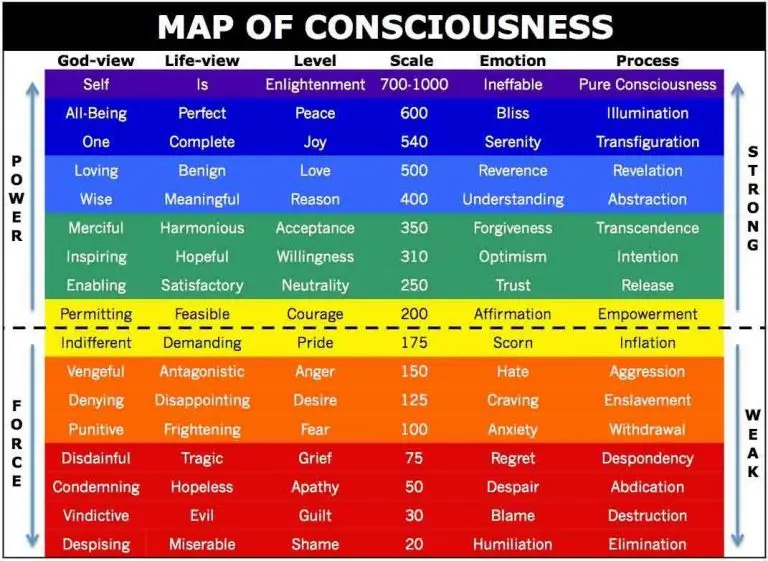According to the Hindu tradition, there are 3 gunas, three natural inclinations present in each of us: tama, raja and satva. Each of these 3 gunas makes us tend towards ignorance (/ indolence), desire and harmony respectively. Someone who aspires to progress on the path of wisdom and spirituality must minimize the traces of tama and raja to leave only satva. Eventually, he will even have to emancipate himself from the three gunas if he wishes to unite with the divine (yoga).
On the other hand, according to Hindu texts, the world can be characterized by an immutable, non-material and non-perceptible reality: Purusha. On the other hand, there is a changing reality that should not be dwelt on because it distracts us from the truth Prakriti (illusion). Someone who is able to conform to the divine, especially by discerning Purusha from Prakriti, will be able to express his or her luminous nature, which is itself the antithesis of tama.
To aspire to a certain degree of inner peace, one must avoid tama and as much as possible free oneself from raja. Let us see the different forms that tama can take.
Tama in the body
Nutrition
Tama is first and foremost a concept that has been democratized through its use in food. There is an immediate correlation between what we eat and the way we think, which is why it is necessary to pay attention to what we swallow.
Tama is characterized by inactivity, indolence, lethargy or inertia. In a word, when tama is dominant in us, our energy level is at its lowest. A diet that develops vitality (satva) is characterized by an abundance of fresh and nutritious products. On the other hand, food that is low in energy is characterized by fermented products (alcohol, cold cuts, certain cheeses, etc.) and can put us in a particular psychological state (consumption of coffee, all kinds of exciting products, etc.) such as excitement or doubt.
Anything that intoxicates the body and lowers your vitality is to be avoided, whether through food or not. Thus, all drugs are contraindicated. Even though they may give the impression of an increase in your vigor for a while, they always cause greater negative effects (back trip, addiction or nervousness).
Your body behaves like a seed planted in a garden: your goal is not to modify this seed (as GMOs are) but rather to create the right environment for it to grow in the best conditions. If you give it enough water, natural fertilizers, exposure to the sun, it will give the best of itself. A human body works like this, if you give it enough sleep, water and good nutrition, it will perform at its best.
Don’t rush things
The trap we can fall into is to want to get accelerated results by not taking into account the normal rhythm of our cellular and body biology. It is by trying to find shortcuts that we do the most damage. The body is like a plant, there is no point in pulling on its branches to make it grow faster, you will only damage it.
Tama in the mind
Not giving in to tama in the mind means fighting ignorance and gloomy thoughts. To do this, it is necessary to cultivate light. This can take many forms, one of which is knowledge. This implies having a sincere approach to self-improvement, of one’s mind through the acquisition of knowledge that can sometimes conflict. The idea is not to have an answer to everything but rather to make our brain work like the engine of a working car to prevent it from clogging. Through deductive reasoning and confrontation with new ideas, we can gradually move away from mental tama. Beyond enlightened reading, there are recommended practices for developing satva in the mind: meditation and asana. Both of these practices help us to clarify our thoughts and thus move away from tama.
Tama in the heart
The heart is a symbolic organ in that it represents our emotions, which are located in our brain, even though there is a network of neurons throughout our body that can also receive information in the form of emotions. Having tama in your heart implies having to deal with negative emotions that lead to you becoming toxic. Typically, this means being dominated by emotions that fall below indifference on the spectrum defined by David R. Hawkins in his book Power vs.

source : https://www.masculinedevelopment.com/live-life-fearlessly-transcending-old-world-view/
Tama in speech
Speech is often just an emanation of what is going on in our head, so it is much more efficient to control our emotional (and vibratory) level in order to have good words. Someone who is dominated by hatred or resentment will have a hard time expressing themselves with love and wisdom: these two ideas are far too distant from the emotion that dominates them. Someone who is dominated by vile emotions will only be able to express himself with a relative hypocrisy of “high” emotions.
Tama in action
In order to avoid acting under the influence of tama, one must first purify one’s mind. Then, when we have been able to re-establish the divinity which is in us, we must simply act in a disinterested way as for the fruit of our actions (karma yoga). That is, one must offer one’s actions to the divine as one makes offerings on a ceremonial altar.
To summarize:
According to Hinduism, there are 3 tendencies anchored in each one of us which push us sometimes towards ignorance / indolence, desire or towards harmony. Each of these tendencies is called guna and they are respectively called tama, raja and satva in Sanskrit.
In order to be in tune with the divine within us, we must limit the expression of tama as much as possible, which can take various forms: mental, emotional and through the prism of speech and action.
Controlling one’s thoughts and what one eats can help us to establish ourselves firmly in satva.










